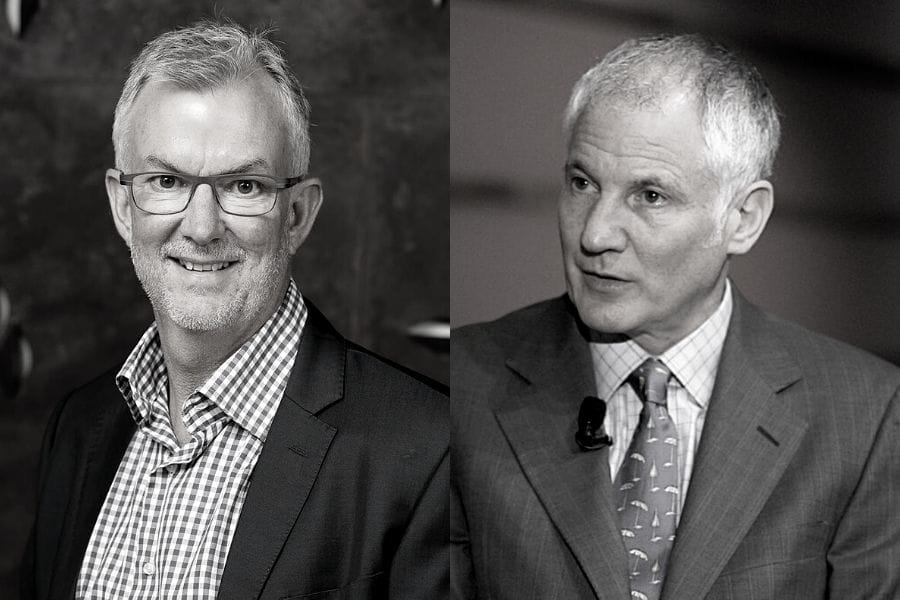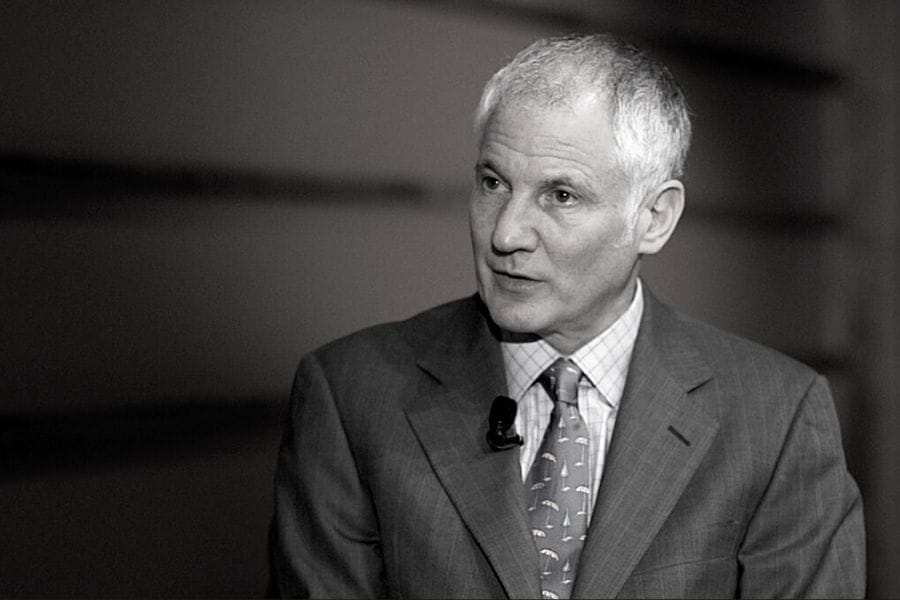With a massive, nationwide effort the United States could reach net zero emissions of greenhouse gases by 2050 using existing technology and at costs aligned with historical spending on energy. Research from the High Meadows Environmental Institute plots a Blueprint for the next decade showing the key is overcoming execution challenges including the infrastructure deployment and the mobilisation of capital and labour.
Achieving net zero would involve an unprecedented infrastructure build over the next three decades and huge electricity generation to meet demand from electric vehicles and electric households making solar and wind energy the “linchpins” in the transition, said Chris Greig, Theodora D. ’78 & William H. Walton III ’74 senior research scientist in the Andlinger Center for Energy and the Environment at Princeton University.
Speaking at Sustainability in Practice, Greig said that positioning wind and solar installation would depend on social and demographic criteria, considering the lowest cost of production and cost of delivery. A huge build out of offshore wind, transmission infrastructure and solar farms would have far reaching implications for the landscape. Elsewhere, new infrastructure would include natural gas turbines critical for balancing intermittency in the grid.
Achieving net zero would also spur a new bioenergy industry, said Greig. This sector could produce energy for aviation and petrochemical industries.
He predicted a strong push back from the arable industry spurring a food versus fuels debate but reassured that only existing crops used for energy should go into the mix. Instead, bioenergy could come from new sources like municipal waste. Despite “all kinds of challenges” including bringing farmers on board and a lack of infrastructure, he said the opportunity was tremendous.
Elsewhere, hydrogen will become a key component to the transition. It could be used in chemical and steel production and Greig predicted enduring demand for liquid fuels. Carbon capture will be another vital pillar taking carbon from everything from cement plants (“we are going to need a lot of it,” he said) to biofuel plants and natural gas power stations.
He said the transition needed fossil fuel companies “to get good” at carbon capture and that without carbon capture and storage it would be impossible to get to net zero.
Noting that it is a difficult industry to develop, he said the oil and gas industry is uniquely positioned to build out the infrastructure needed like pipelines and storage capacity.
“It is like building the oil and gas industry over again – but in 30 years,” he said.
He said that the cost of new energy services could remain affordable, but that it also depended on the mobilisation of capital. Bringing assets to fruition takes decades, and depends on technical studies, feasibility and a successful build. He noted that fund managers tend to allocate to investors who own operating assets and seldom provide risk capital to build greenfield infrastructure. “The real challenge is mobilising at risk capital to construct the assets.”
The massive infrastructure build will require a huge workforce and shape new communities. “On the face of it is a great political story,” he said.
However, he said the surge in jobs and growth would not be homogenous or on a state-by-state basis. Some oil states would go through declines, underscoring the need for a Just Transition.
The conversation also touched on investor caution given potential changes in the US political landscape. “What is your level of conviction that this will actually happen; what level of confidence can investors have?” asked Alexandra West, chief strategy officer – investments at Cbus.
Greig countered that Republican (or Trump states) also prosper in a net zero pathway. The wind and solar industry would provide huge jobs and “bring the mid-west” along, he said.
The conversation also touched on how car companies will build electric cars no matter who is President – and how Republican governors will quickly solicit investment in new energy assets for tax revenue and jobs.




